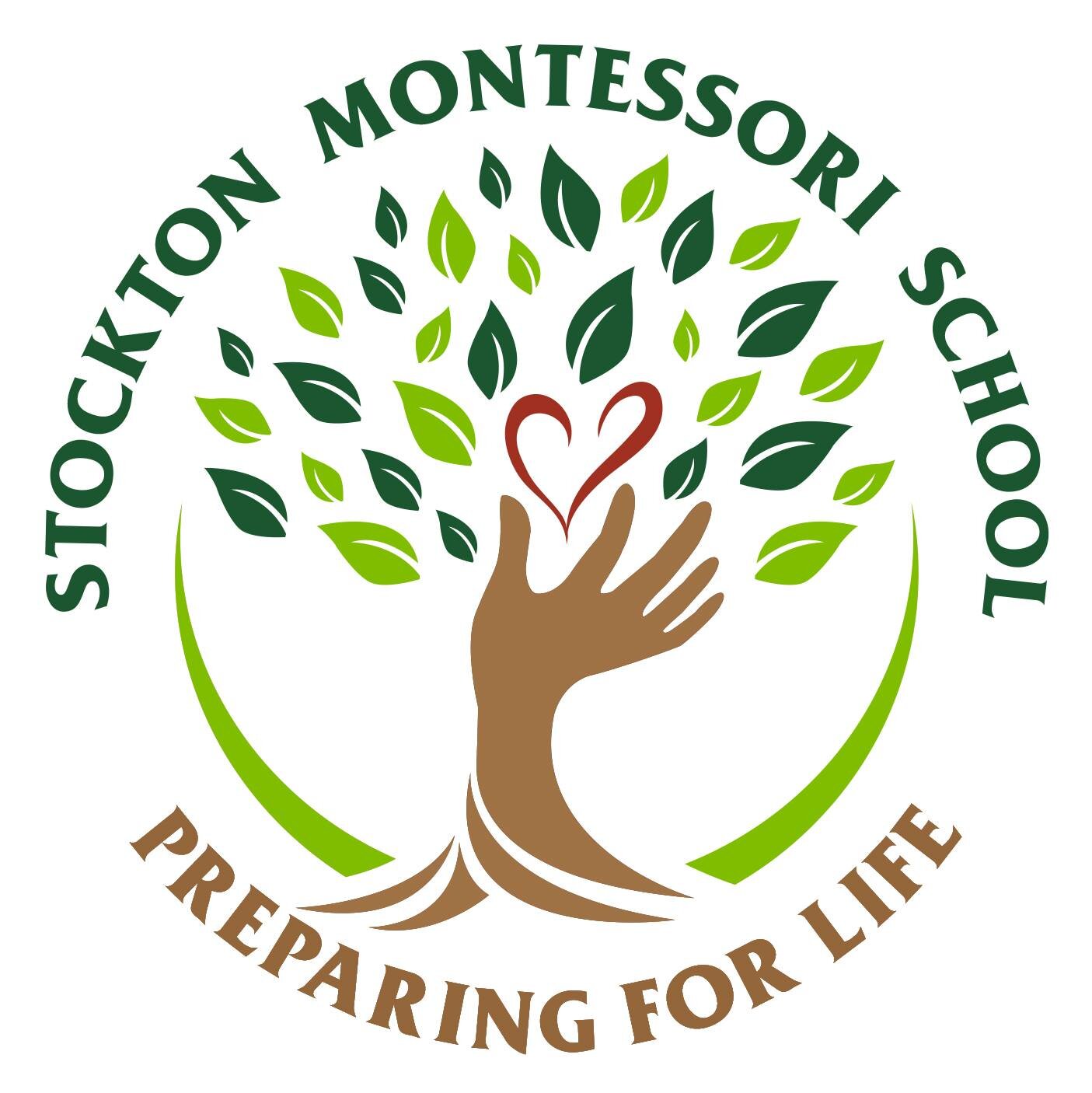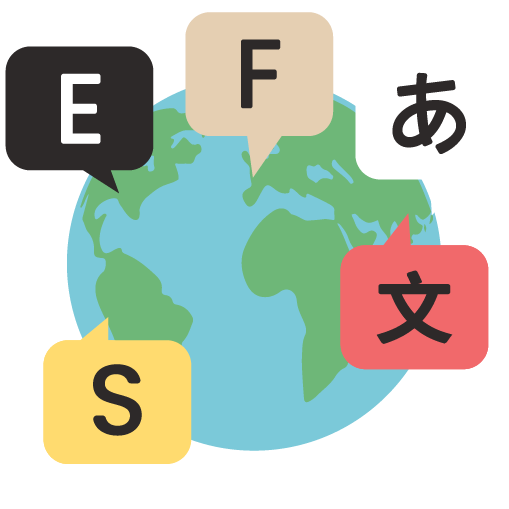Multilingual Mind: One of the Greatest Gifts to Give Your Child!
We offer world languages:
Mandarin, Chinese(1.1+ billion speakers)
Spanish (548+ million speakers)
French (280+ million speakers)
Japanese (123+ million speakers)
1. Why learn a second or third language in preschool?
Critical Countdown: Early Years are Essential for Lifelong Linguistic Excellence
It may surprise you to learn that the optimal time for learning additional languages is during childhood, alongside the primary language. Most linguistic experts agree that the sooner you start the better. Dr. Maria Montessori described the sensitive period for language as a window of time (0-6 years) when people are most capable and responsive to absorbing information.
A child’s brain has billions of neurons that are ready to form synapses when they learn new things but if they go unused, they die off. A baby can distinguish sounds of all languages, but an adolescent brain will ignore the sounds of foreign languages making it nearly impossible for adults to achieve native proficiency unless they started learning by 10 years old. What is difficult for adults comes easily for children as they naturally pick up linguistic patterns, pronunciation, intonation and grammar rules.
There are myths that children will suffer from “language confusion” or delayed speech or process overload due to multiple language exposure. Recent research has proven these to be unfounded. We teach English, Spanish, Mandarin, Japanese and French in preschool so our students do not miss out on this unparalleled period for language learning.
2. What are the benefits of being bilingual or multilingual?
Numerous Benefits are Unlocked with the Ability to Speak More Than One Language:
1) Stronger Career Prospects:
Acquire a competitive edge, asset, high desirability for employment in a globalized job market and global industries
Obtain a wider range of job or business opportunities e.g., international business, diplomacy, tourism
Enjoy increased earning potential and additional job benefits
2) Cognitive Advantage:
Research shows enhanced executive functioning, cognitive flexibility, task switching and multitasking abilities.
Studies indicate superior attention span, creativity, problem-solving skills, memory, inhibitory control & critical thinking.
Correlate to academic excellence excelling in standardized tests & outperforming peers in critical thinking tasks
3) Evidence of Health Benefits:
Recover from a stroke faster
Lower stress levels and more resilience
Tend to delay the onset of cognitive decline, dementia
4) Cultural Awareness:
Provide rich cultural perspective, shapes cultural sensitivity & open-minded outlook
Foster global citizens & enables participation in the global community and growing interconnected world
Demonstrate global awareness, diversity, inclusivity & cooperation
5) More Opportunities:
Access to direct sources of information (foreign language books, websites etc.)
Gain immersive travel options using the native tongue
Prepare to be selected for business travel, visit company office abroad
6) Social Adeptness:
Develop early empathy and enhanced social skills
Understand diverse ways to express thoughts & adapt to new environments
Able to meet more people, make more connections & build stronger bonds
7) Effective Communication:
Mandarin is the second most spoken language after English
A bilingual Spanish & English person can communicate with 1 in 3 people who connect to the internet & access 60%+ of everything published on the web
There are 29 French-speaking countries. Japanese is spoken within one country & the13th most spoken language in the world.
3. How does Stockton Montessori School teach world languages?
Our Approach to Language Acquisition
We take advantage of the child’s innate ability to absorb information and learn languages almost effortlessly. In class we make language learning fun by including many cultural celebrations, interactive games, traditional snacks and engaging stories. Teachers and peers may converse in their target language too. We encourage them to apply basic greetings, identify unit vocabulary and practice forming phrases.
Toddlers participate in Spanish circle daily. Primary (afternoon students that do not nap), Pre-K/Kindergarten and Elementary students are all taught Spanish, Mandarin, French and Japanese once a week by fluent teachers. Lesson plans often mirror the current units/themes taught in English so students learn relevant vocabulary simultaneously. Throughout the rest of the week students have the opportunity to practice with educational materials, activities and books that reflect the lessons they were introduced to. We also sing songs in multiple languages with actions to reinforce their understanding such as “Head, Shoulders, Knees, and Toes”.









